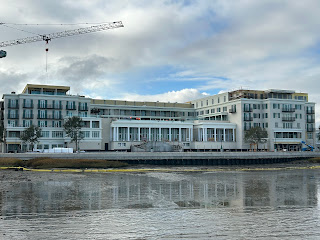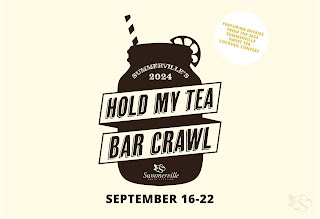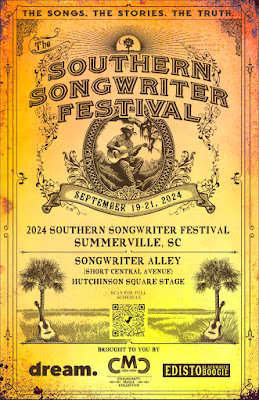Nestled in the tall mountains of California’s Sierra Nevada’s and Carson Range lies the emerald blue waters of Lake Tahoe. One would think it was formed by the sunken crater of an old volcano, but it was not. It’s formation is the result of tectonic plates rising and falling. It is over 1600 feet deep with an average surface temperature of 63 degrees. Its water is over 99.9 per cent pure, making it one of the purest water in the world. The lake is also home to a deep, dark secret.
The drive to Lake Tahoe on Highway 50E was stunning, where sheer cliffs, tall peaks, and tall pines surrounded the highway as I navigated the loops and turns along drop offs at the edges of the road. There were patches of burned forests of barren pine trees leftover from previous fires, leaving a black and grey stretch of tall, lifeless trunks and large rocks.
Elevation was 6000 feet as I neared South Lake Tahoe. First stop would be Emerald Bay State Park on the west shore of the lake at Emerald Bay Vista Point, another 1000 feet above the emerald blue waters of the secluded bay. From there, you can get a full view of the bay. In the middle of the bay was the only island on all of Lake Tahoe. A popular spot for boats, there were several cruising in and out of the narrow inlet and others anchored around the island taking in the splendor of the clear waters and mountain vista.


There were two trails to choose from that would take you down to the one beach on the bay, one a longer and more rugged trek than the other. I took the shorter one, which was a quicker way down called the Vikingsholm Castle Trail. It led to a 38-room rustic castle on the beach featuring Scandinavian architecture. A paddleboat was just leaving the beach—it brings people to the castle for tours. I took off my shoes and stepped into the refreshing water and after, continued on the trail to a waterfall with a bridge overlooking the cascading water.

It was time to move on and headed to South Lake Tahoe to check into my accommodations for the trip, which was just outside the town in the mountains overlooking the east shore—Ridge View Resort at 8000 feet elevation, a wintertime resort. My building overlooked the valley, a beautiful panoramic scene. My room was cozy with a comfortable single King bed for $183 a night, including amenities fee. The resort had everything to keep you amused, but I was only interested in the heated pool, both indoor and outdoor. After dinner, I would take the plunge. If there is water, I will be in it.



Margaritaville Resort was my choice for dinner. It was next to the casinos. I was on the Nevada side of Lake Tahoe. It was a beautiful resort with bright, crisp colors. Hey, it is Jimmy Buffet influenced, and you could see the tropical theme throughout. The restaurant was JWB Prime Steak and Seafood, very classy. Drink choice was Caribbean Beach—pricey but well worth it since it had a kick to it—$22. The French Onion Soup was wonder good—$14. For the entree I picked the JWB Alpine Burger—Raclette Cheese, Caramelized Onions, Bacon, and Lettuce for $32, sizable portions and very good. Server was excellent. Very pleasant experience coupled with the resort’s cheerful ambiance.

Next day, headed up the east shore towards Inclined Village. Zephyr Cove and Castle Rock were points of interest. Stopped at Logan Shoals Vista Point to hike to the lake—rocky shoreline with huge boulders and crystal-clear water. I looked for signs of bears such as paw prints and claw marks on trees. You never know where one will show up. Continued on to Sand Harbor—a popular beach area with kayak and paddleboard rentals. Stopped a few times for picture taking along Crystal Bay and arrived at Inclined Village, where I had a late lunch at Tunnel Creek Cafe—relaxed on its outdoor porch and enjoyed a Toasted Cheese Sandwich and Tomato Soup.



I was interested in seeing a bear before my visit would end and consulted a local who said the best place for that was on the Rainbow Trail off of Emerald Bay Drive, which was on the southeast side of the lake. It was a beautiful trail hike partly on a elevated wooden boardwalk that traversed over Taylor Creek and wetlands. The Kokanee salmon swim up this creek to spawn in the fall. Saw signs of bear but didn’t see any. It was now time to find a Starbucks for a refresher before hitting the road and leaving South Lake Tahoe.
Now, the deep, dark secret lurking in the lake’s deep, dark waters. Lake Tahoe has a story similar to Lock Ness in Scotland. The huge creature is called “Tessie.” The creature appears in Washoe Legend, and the first sighting was in the 19th century. It made headlines in the San Francisco Chronicle on July 12, 1984, when it reported two women had seen the 17 foot leviathan surface three times, similar to a whale. Jacques Cousteau brought a mini-submarine to the lake and did several dives to its bottom. When he returned, it was alleged he said, “The world isn’t ready for what is down there.” This is one for Bill Shatner and The Unexplained or Josh Gates and Expedition Unknown.


Lake Tahoe is a shimmering emerald gem amongst the Sierra Nevadas. On its south shore, South Lake Tahoe has everything to make your stay enjoyable and comfortable. Shops, restaurants, and a host of top notch accommodations, and since part of it is in Nevada, gambling casinos. Summers are perfect for beach sunning, hiking, biking, boat tours, and outdoor concerts. As you circle the lake, there are an abundance of places to pull over and take pictures, trails to hike through the tall pines to its rocky shores, and various places to rent kayaks and paddleboards. Lake Tahoe is a vacation paradise for the adventurous.
The Ridge View
311 Tramway Drive
Stateliness, Nevada
Margaritaville Resort
4130 Lake Tahoe Boulevard
South Lake Tahoe, California




























































